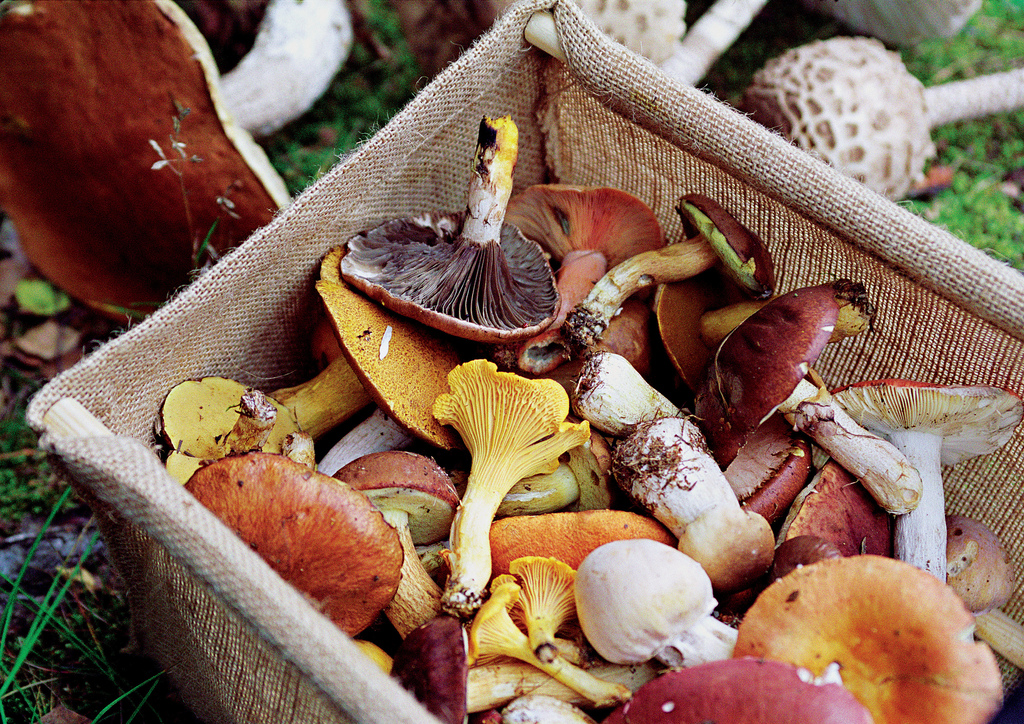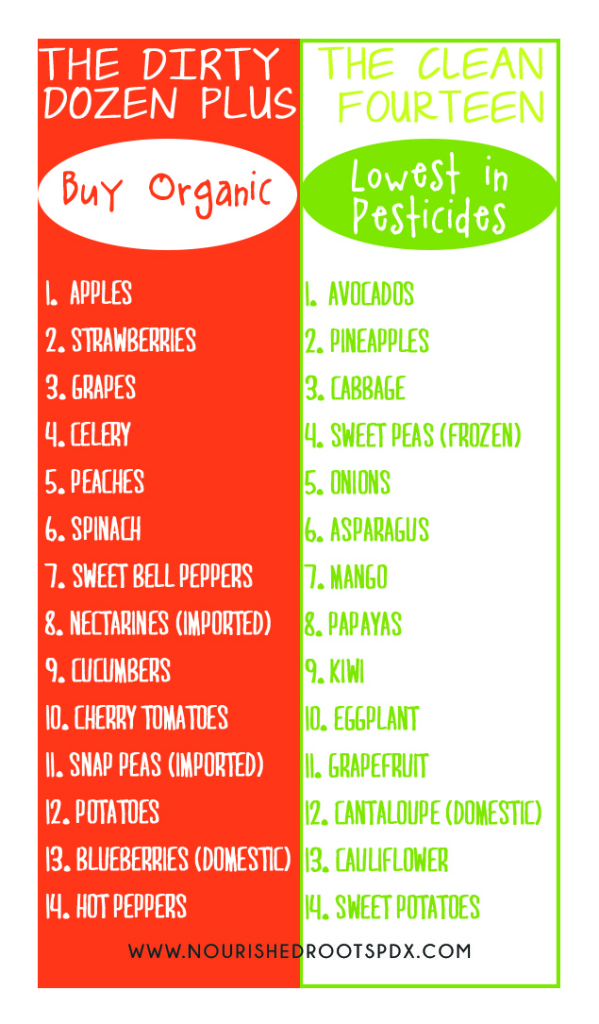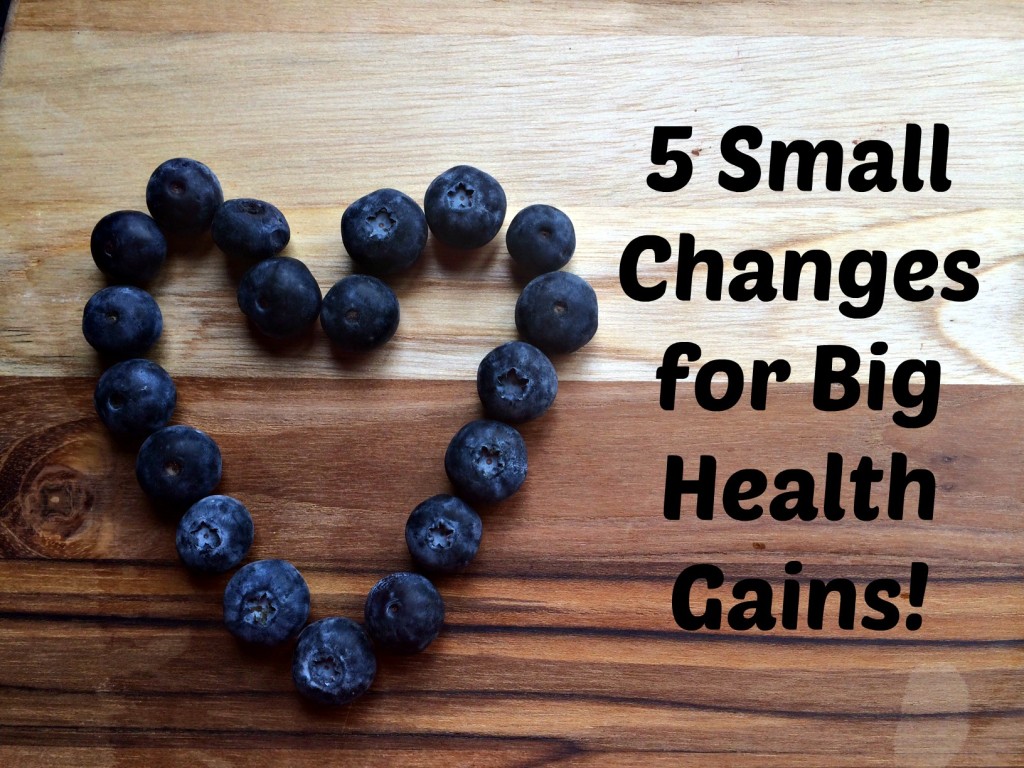Your immune system is your body’s natural defense system against foreign invaders like parasites, bacteria, viruses, microbes and toxins. It is designed to differentiate the cells that make up your body and eliminate the ones that are foreign. Your body uses an army of white blood cells to defend itself. Macrophages, a type of white blood cell found in almost all cells of the body, are constantly patrolling your body, looking to destroy any germs as soon as they enter. These cells are considered your ‘natural’ or inborn immunity. However, if an infection begins to take hold, your body fights back with the more powerful, specialized T- and B-cells. These cells give you acquired immunity because they remember the germs that attacked you in the past, so that same germ can never make you as ill again. Nourishing your immune system is very important for your overall health.
Foods to Boost Immunity
- Improve Your Gut Health: Your gut is an important line of defense against foreign invaders. It fights any food born bacteria or parasites. Adding fermented foods and beverages like kombucha, kefir, yogurt, sauerkraut and fermented vegetables to your diet will improve your gut health. Consider taking a daily probiotic, especially one containing lactobacillus reuteri which helps stimulate the white blood cells.
- Eat mushrooms: Certain types of mushrooms such as emoki, reishi, shitake or oyster contain polysaccharides which help activate the immune system. Each mushroom species has a unique arsenal of anti-infective and immunomodulating agents so consuming a variety of mushrooms is important. Mushrooms have been studied for their cancer fighting abilities and are known to be antiviral, anti-inflammatory, antiparasitic, and anti-tumor.
- Take care of your liver: Your liver is your body’s main detoxification agent. Ensure its health by eating cruciferous vegetables like kale, cabbage and broccoli. Asparagus, green tea, beets and leafy greens have also been found to promote liver health. Drinking a cup of dandelion tea will further support the liver. Limiting exposure to toxic chemicals and alcohol will minimize the stress on your liver, ensuring its optimal functioning.
- Eat Oats and Barley: One serving a day of oats and/or barley can be a boost to your immune system and is even thought to help with wound healing. Beta-glucan, a fiber found in oats and barley, is anti-microbial and an anti-oxidant.
- Add ginger to your diet: Ginger has traditionally been used to help treat nausea and vomiting. In Traditional Chinese Medicine, it is considered a warming spice which can contribute to sweating. German researchers have found a substance in sweat that provides protection against invading microorganisms, including bacteria such as E. coli and Staphylococcus aureus (a common cause of skin infections), and fungi, including Candida albicans. Gingerols, the main active components in ginger, has been found to inhibit the growth of human colorectal cancer cells and to kill ovarian cancer cells. Ginger tea may also be used to clear nose and throat congestion.
- Add garlic and onions to your food: Both garlic and onions are members of the allium family of plants. They contain allicin which has been shown to fight bacteria and infections. Studies show that adding these plants to your diet decreases your likelihood of catching a cold. Both garlic and onions are considered warming, pungent foods in Traditional Chinese Medicine. Pungent foods promote circulation of energy and blood, sending energy out and up. They stimulate digestion and help break down mucus. Warming foods heat us up from the inside out.
- Add shellfish to your diet: Oysters, lobster, crabs and clams are rich sources of selenium. Selenium has been shown to help white blood cells make cytokines, proteins that can help clear the flu. Two servings a week are recommended. Also, eating just 1-2 Brazil Nuts a day is enough to meet your selenium requirements.
- Enjoy chicken soup: Chicken soup blocks the migration of inflammatory white cells from accumulating in the bronchial tubes. When chicken is cooked, it releases cysteine, an amino acid that chemically resembles actylcysteine, a bronchitis drug. Also, the garlic, onions and spices help boost immunity. The soup adds hydration to the body and the salt, steam and heat from the soup can help thin mucus, making it easier to expel. It can also soothe irritated passageways in your nose and throat.
- Drink green and black tea: Researchers believe tea’s benefits come from its high content of polyphenols and phytochemicals. Not only will a warm cup of tea bring warmth into the body, it can help regulate blood sugar, aid in weight loss, fights cancer and may potentially prevent the onset or slow the progression of dementia.
- Eat Berries: Berries are rich in Vitamin C and bioflavonoids, phytochemicals found in fruits and vegetables that may work as antioxidants and prevent injury to cells. Eat a variety of different colored berries because their differences of colors signal the various immune boosting chemicals within. Blueberries, with their deep, rich blue color, are considered especially potent for boosting the immune system.
Supplements to Boost Immunity
- Zinc: Zinc is known to play a key role in the immune system. Research shows that zinc affects multiple aspects of the immune system, from the barrier of the skin to gene regulation within lymphocytes. Zinc can also function as an anti-oxidant and it helps form white blood cells. Good sources of zinc include beef, oysters, pork, poultry, yogurt, milk, sunflower and pumpkin seeds. Aim for 8-11 mg/day. Adults can take up to 40 mg/day from both food and supplements to fight colds but to minimize irritation to the stomach, take zinc with food. For the common cold, zinc lozenges should be started within 24 hours of the onset of cold symptoms. Continue taking the zinc lozenges every two to three hours until the symptoms are alleviated. Zinc may interact with some medicines such as birth control pills and some antibiotics so check with your health care provider.
- Vitamin D: A Vitamin D deficiency has been associated with increased autoimmunity as well as an increased susceptibility to infection. Vitamin D seems to be important for activating the t-cells of the immune system. Many people, particularly in northern climates or in the winter are suspected to have a Vitamin D deficiency. A simple blood test by your doctor can determine your vitamin level. It is difficult to reach adequate levels of Vitamin D with food alone so supplementation with Vitamin D3 may be necessary. Food sources of Vitamin D include cod liver oil, salmon, sardines, milk, tuna and eggs.
- Vitamin A: Vitamin A is important for maintaining healthy skin. Skin needs to be healthy to repel all the pathogens and bacteria it comes in contact with. Vitamin A also helps maintain mucosal surfaces by keeping your mucous membranes and skin properly nourished to function as a barrier against harmful viruses and bacteria. Vitamin A deficiency is associated with increased response to common gastrointestinal and lung infections and poor responses to vaccines. There is also evidence that in addition to its regulatory role, Vitamin A may help to stimulate the pro-inflammatory immune response to overcome infection. Beta carotene, the precursor of Vitamin A, may be found in orange vegetables like sweet potatoes, carrots, squash, pumpkin and cantaloupe. Men should get 3000 IU a day and women 2300 IU a day of vitamin A.
- Vitamin C: The jury is still out on Vitamin C’s impact on the immune system. Many studies have looked at Vitamin C in general; unfortunately, many of them were not well designed. However, it is thought Vitamin C may work in conjunction with other micronutrients rather than providing benefits alone. Vitamin C is considered a powerful antioxidant. Meta-analysis of Vitamin C studies has shown the prophylactic intake of Vitamin C may slightly reduce the duration of the illness in healthy persons but does not affect its incidence and severity. The recommended daily amount for men is 90 mg/day and woman require 75 mg/day. If you smoke, add 35 mg a day to these amounts.
- Oregano essential oil: is an anti-bacterial and anti-inflammatory oil that strengthens the immune system. It can be diluted in water and drank to combat a sore throat or added to a vaporizer and inhaled to break up mucus. It’s typically used for a short period of time (7-10 days or so) to fight illness. Not recommended during pregnancy, for infants and children or for people with high blood pressure.
- Elderberries: are rich in flavonoids and vitamins A, B, and C, making them an important support for a healthy immune system. Adults take 1 tablespoon and children take 1 teaspoon. It can be taken daily as a preventive and for immune support. While sick, take the standard dosage every 2-3 hours until symptoms are gone.
- Echinacea: Studies have shown Echinacea to help boost white blood cells and increase the activity level of macrophages, infection fighting white blood cells. Echinacea also appears to shorten the duration of colds if given as soon as symptoms appear. It should not be taken by people on heart or anti-fungal medication. Also, people allergic to plants in the daisy family, may experience allergic symptoms with Echinacea.
- Astragalus Root: Astragalus root has a long history as a health tonic in Traditional Chinese Medicine. It is known to increase the white blood cell count, stimulate the growth of antibodies and create a resistance to both viruses and bacteria. This herb may be combined with other immune boosting herbs and is thought to be helpful as an adrenal gland fatigue treatment. Drinking the tea is a beneficial way to improve your immune function in the winter. Astragalus tea is a restorative as it boosts energy levels and improves symptoms.
Lifestyle Changes to Boost Immunity
- Get Your Sleep: Be sure to get between 7-8 hours of sleep a night. Decreased sleep has been shown to decrease production of flu fighting antibodies.
- Spend time with your loved ones: Make time for the people who matter in your life. The more isolated you are, the more stressed you are likely to be. Stressed people are more likely to get sick (see number 3). A recent study found that having at least 6 connections with other people raises your ability to fight an infection by 4 times.
- Decrease Stress: People who experience chronic stress have increased likelihood of acquiring illness and increased signs of inflammation in the body. Cortisol, the stress hormone, increases inflammation, increases weight gain (especially around the belly) and suppresses the immune system.
- Avoid sugar: Eating just 75-100 grams of sugar a day curbs immune system cells that attack bacteria. Consuming the equivalent of just two sodas reduced the ability of white blood cells to engulf bacteria by 50%, decreasing it ability to fight infection.
- Laugh: Laughter has been shown to decrease stress. It also activates protective t-cells and increases antibody production.
- Avoid second hand smoke: Exposure to second hand smoke can trigger asthma and allergies, increase ear infections and increase severity of flu symptoms in children.
- Get exercise: Studies show inactive people take 2 times as many sick days as active people. It is unclear exactly how exercise helps immunity but theories speculate that exercise seems to stimulate the release of immune cells or helps flush bacteria out of the lungs through sweating and urine or the increased body temperature associated with exercise might prevent bacteria growth. It is also a potent stress reliever which can boost immunity. Moderate exercise seems to be best as extreme athletic training has been shown to compromise immunity.
Photo by Skanska Matupplevelser.










